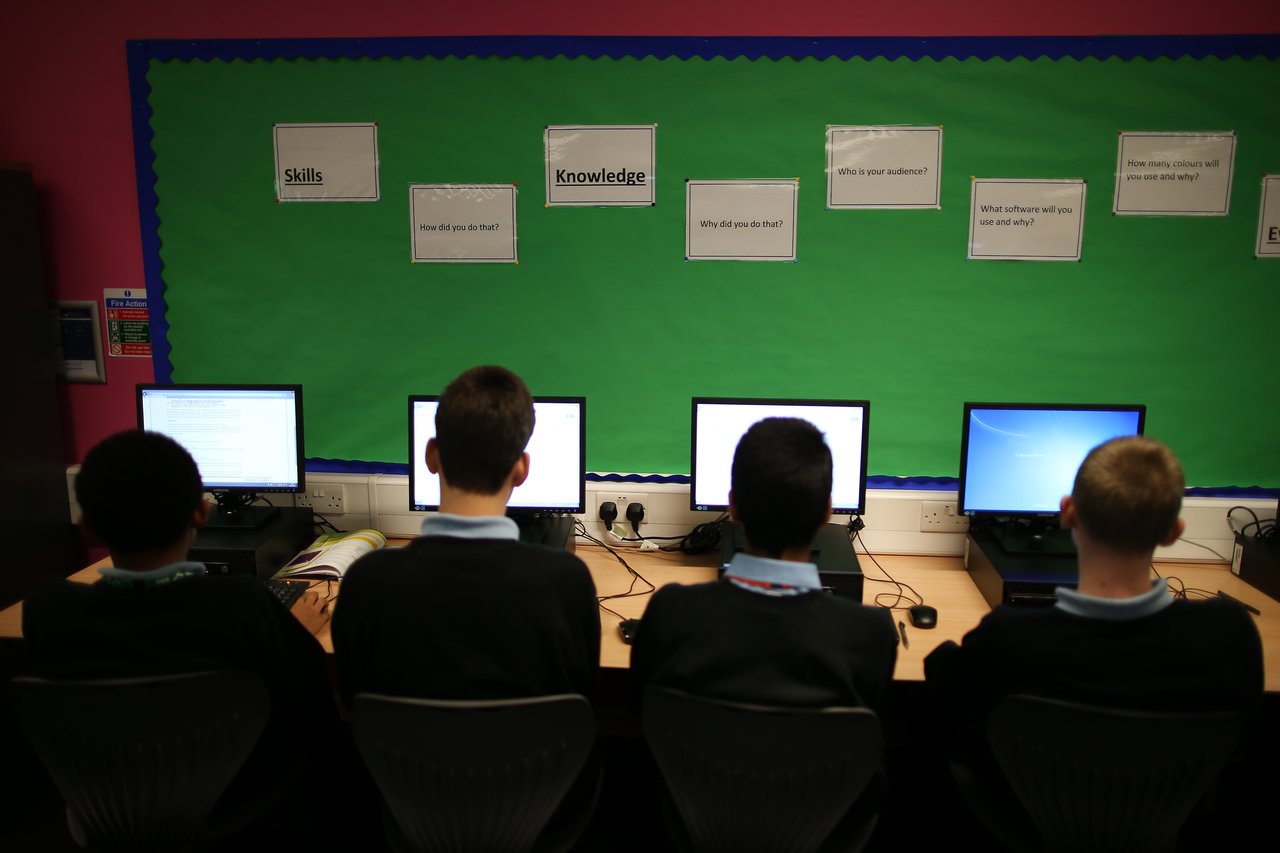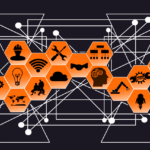
Since the beginning of technological innovation, the education sector has undergone various changes. Most people have always desired to be in classes with few students but this has been a challenge in learning institutions because of the huge number of people seeking education. With technology, however, it is now possible for the instructors to give personalized attention to all students. Schools have introduced learning portals that allow students to access all the contents taught in school for revision.
The most amazing contribution of technology to education is the introduction of distance learning also known as e-learning or virtual learning. Because of the high population of people seeking secondary education, schools have introduced this mode of learning which means that students do not need to be present in a physical classroom. Initially, this was conducted using saved materials where students would pick recorded content and watch from home. The internet, however, brought improvements to this system since it is now possible to attend class in real-time from a remote location.
Online classes commonly known as webinars are becoming more popular because of convenience on both the students and the school. More people are able to attend a lesson without squeezing in the limited space of the classroom. Thanks to applications such as Skype and video calling apps, all students whether in class or at home, have the teacher’s attention. They are able to follow through the lesson, ask and even answer questions. Support documents are then sent to the students in form of video recordings, word documents, power point presentations and PDFs.
The introduction of smart phones and various wearable gadget designs have improved this form of education further by making it even more accessible. Students do not even have to sit at home all day as they can now access learning materials from their mobile devices. These gadgets are Internet enabled and this means that communication between students and teachers and among the students themselves can be ongoing 24/7. Group discussions can now be conducted on virtual platforms through social media, messaging boards and the many other platforms available on the Internet.
In this type of education powered by technology, both the school and students benefit in the end. The schools are able to admit more students without thinking about the limitation of space. Because of economies of scale, the cost of education goes down and students become more flexible. There is no longer need to buy expensive textbooks since all learning materials are available on the Internet. This also means that students can devote more time to learning other than the few hours they spend in school.
In the recent past, high school teachers have embraced e-learning for various reasons. First and the most important is the fact that this mode of learning has no location and time boundaries. In the traditional learning systems, teachers had the challenge of delivering so much content within the short period of class time.
Location was also an issue since students would be denied the chance to attend a school of their choice because of proximity. Such limitations have been eliminated by the e-learning platform since students no longer need to be physically present in a class.
Second is the fun involved in e-learning which is delivered using interesting illustrations from the Internet. According to world news, multimedia is one of the most important tools in this mode of learning because it promotes interaction and engagement.
Thirdly, as mentioned earlier, e-learning is a cost-effective method of accessing education because most institutions do not charge tuition fees on this platform. The main investment is on the gadgets and Internet and this cannot measure up to the high cost of education. This explains why most people are resorting to homeschooling via the Internet.
Despite all these advantages, e-learning does not go without a few setbacks. The main one is the fact that it denies students hands-on skills. Craft subjects can be explained and even illustrated using videos but this can never match the physical illustrations given by a teacher in class. It also encourages anti-social behavior since students will no longer have physical interactions with their classmates. Much as they interact through chat rooms and social media, the social outcome can never be the same. There are also health concerns raised on this mode of learning because of the fact that learners spend a huge part of their day behind computers or focused on their gadgets. This poses a risk of developing backbone complications because of bad posture and visual complications.
In conclusion, we can say that e-learning is more beneficial if precautions are taken to handle the demerits. It has made it possible for everyone to access education irrespective of age or any other physical limitations. This means that even people who for one reason or another never made it to high school and are considering going back can get the chance. Most of these people are too old and busy with other responsibilities to spend a whole day in a classroom. They can, therefore, enroll and attend virtual classes and even take their exams from remote locations.







